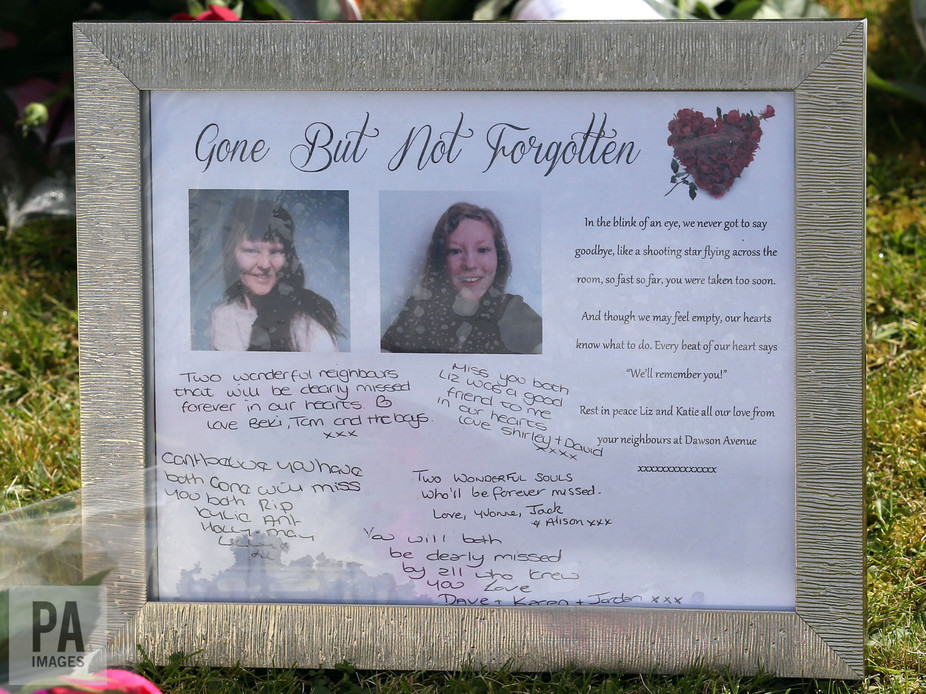
Sean Creaney, Edge Hill University and Stephen Case, Loughborough University
Two teenagers convicted of stabbing and smothering to death a mother and daughter in their own home in Spalding, Lincolnshire have been sentenced to life in prison. The extreme nature of the sentence – which means the two will not be eligible for parole for 20 years – reflects the severity of the offence.
But the two perpetrators were 14 years of age at the time of the crime – and the sentence, combined with the legal and media response to the crime, does little to reflect the perpetrators’ relative immaturity, irresponsibility or lack of moral and cognitive development.
During the sentencing, the judge, Mr Justice Haddon-Cave, described the killing of Elizabeth and Katie Edwards as “grotesque” and “chilling” and said that it was “a terrible crime with few parallels in modern criminal history”.
Yet the reaction to Spalding case has similarities to the 1993 abduction, torture and murder of two-year-old James Bulger in Liverpool. His murder, committed by two ten-year-old boys, caused public outrage and the perpetrators, Robert Thompson and Jon Venables, were demonised by politicians and the media – branded “nasty” and “evil”. John Major, the prime minister at the time, insisted that society should “condemn a little more and understand a little less”. The Bulger murder prompted both the media and government to argue that Britain was living through a “crisis of childhood” – based on a perceived breakdown of moral and social order.
The print media and politicians have historically misrepresented youth crime by distorting the reality of violent behaviour – making serious crimes in which children kill children seem more frequent, widespread and serious than they actually are.
The danger now is that the horrific Spalding murders, like the Bulger murder before them, may be hijacked to service political interest and media agendas. But it would be wrong to use this highly atypical offence to justify the increased criminalisation and demonisation of children who offend.
After James Bulger
Distortion and sensationalising of youth crime has significantly influenced the direction of youth justice policy, and has been employed in a post-hoc way to validate existing policy ideas. For example, the murder of James Bulger led the age of criminal responsibility to be lowered to ten, in line with the ages of Venables and Thompson. Michael Howard, the Conservative home secretary at the time, asserted that young offenders: “will no longer be able to use age as an excuse for immunity from effective punishment”.
The result of this misrepresentation of the scale of the problem of youth crime to serve political and media interests has been an intense fear and mistrust of young people from the general public, accompanied by a desire for increasingly punitive and controlling sanctions. In the process, children who offend have been deprived of their innocence, vulnerability and status as a “child”.
New policies proposed after Bulger’s murder in the 1990s were vote winners and tabloid pleasers. After it came to power in 1997, the new Labour government introduced methods that stigmatised young offenders. These included risk assessment and preventative early intervention, among other “crackdowns”, initiatives, targets, policy proposals and pilot schemes. These were informed by the quick-fix idea that youth crime could be “nipped in the bud” and intervention undertaken before a crime was committed.
Despite pathways into and out of crime being notoriously complex and difficult to measure accurately, the Labour government deployed surveillance, control and regulation of children’s behaviour to predict the “risk” they presented to themselves and others, justifying these early interventions to manage that risk.
Children in prison have become rarer
This emphasis on risk assessment is very slowly being phased out of youth justice systems in England and Wales, but AssetPlus – a new assessment and intervention planning tool – still prioritises the likely risk of reoffending as its key outcome. Preventative intervention remains the basis of AssetPlus.

Still, since the Conservative-led coalition government took power in 2010, there have been annual reductions in young people drawn into the formal criminal justice process for the first time – building on a trend that began in 2008. Child arrests in England and Wales have fallen by 59% in five years. There have also been annual reductions in the number of children sentenced to custody, which in 2016 are at their lowest levels since 2000.
A case such as the Spalding murders attracts significant attention and publicity. Clearly horrific and devastating though the case is, it remains an extremely rare type of offence. The danger is that such an extreme crime committed by two teenagers could motivate a rapid change in political and public mood and in perceptions of young people.
Despite their seriousness, these high-profile murders are isolated acts and must not be used by the politicians and the media to justify more punitive responses to young people who commit crime.![]()
Sean Creaney, Lecturer in Psychosocial Analysis of Offending Behaviour, Edge Hill University and Stephen Case, Professor of Criminology, Loughborough University
This article was originally published on The Conversation. Read the original article.
